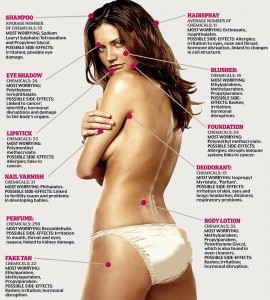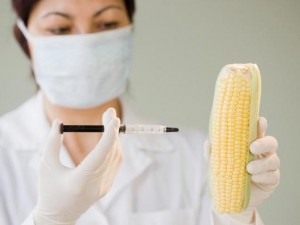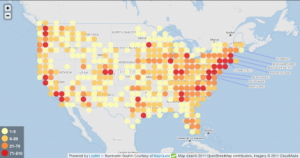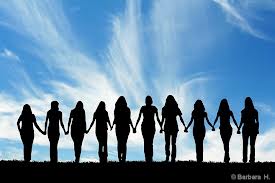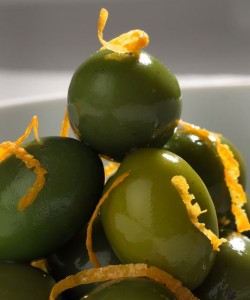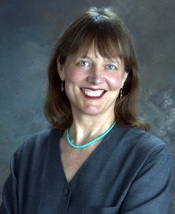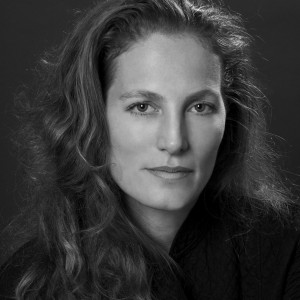From parabens to phthalates, according to this infographic the average woman puts on her body approximately 515 chemicals every day. What about you?
Continue reading... →NEWSFLASH! Rats fed a lifetime diet of Monsanto’s genetically modified corn or exposed to its top-selling weedkiller Roundup suffered tumours and multiple organ damage, according to a French study published on Wednesday.
Continue reading... →
We don’t want you to eat meat with antibiotics in it, you shouldn’t want to eat meat with antibiotics in it, and Robert Kenner, the director of the occasionally disturbing movie about the commercial food industry, Food, Inc., really does not want you to eat meat with antibiotics in it. Which is why he created this delightful crowd-sourced map that lets you enter your zip code to locate stores, farms, restaurants, and markets where you can get meat that won’t contribute to antibiotic-resistant superbugs that will kill us all.
Continue reading... →Sharon Ede who is part of our Women of Green community and co-founder of the Post Growth Institute, is rallying forces for “Free Money Day”. On Saturday, September 15th people around the world will participate in this event by handing out their own money to complete strangers and asking recipients to pass half on to someone else.
Free Money Day is a signal interruption to business-as-usual, and a way to spark conversations about the benefits of economies based on sharing, as well as a liberating experience that gets people thinking more critically and creatively about our relationships with money.
Continue reading... →Famed actress and octogenarian Bette Davis said getting older isn’t for sissies. Those of us over 50 know that, while the second half of our lives can be a time of emotional stability, mental acuity, wisdom and power, the physical fact of aging is undeniable. And the risk of age-related disease increases with each passing year.
There’s not much you can do to stop the inexorable march of time; but you can protect your health, and age more gracefully, with the following foods…
Continue reading... →One of the most powerful feminist works of the late 20th century was Gyn/Ecology by Mary Daly. There is nothing fluffy about her perspective. It is a scathing condemnation of the world that men have built. The title itself is provocative and suggests many layers of meaning. Of all those layers, what means the most to me personally is the wonder of nature and the incomprehensibility of what we have done and continue to do to her.
Riane Eisler, author of The Chalice and the Blade and more recently, The Real Wealth of Nations made a crucial contribution to the feminist literature by showing us that the opposite of patriarchy is not matriarchy. In fact, matriarchy is a patriarchal concept. The true opposite is partnership, a harmonious balance between the masculine and feminine, men and women.m Both patriarchy and matriarchy are models in which one group dominates another. This is the antithesis of gyn/ecology.
Continue reading... →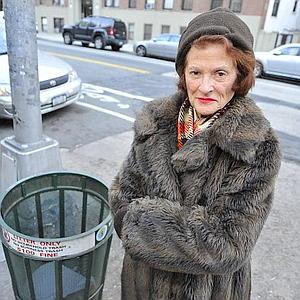 There are greater concentrations of precious metals in our e-waste than there are in the ground. And it’s a lot cheaper and cleaner to get things out of e-waste than starting a giant mining operation. Where would you rather get the materials for your next gadget?
There are greater concentrations of precious metals in our e-waste than there are in the ground. And it’s a lot cheaper and cleaner to get things out of e-waste than starting a giant mining operation. Where would you rather get the materials for your next gadget?
The mountain of electronic waste rising around the world is a gold mine–literally. Urban deposits of e-waste (discarded computers, phones and other electronics) contain 40 to 50 times the concentration of precious metals compared to ore mined from the ground at great cost to the environment, human health, and buyers of latest gadgets. We should mine it our e-waste, then, rather than the stuff in the ground.
That’s the message from the “e-Waste Academy” co-organized by the United Nations University and the Global e-Sustainability Initiative (GeSI). Despite the 21 billion dollars of gold and silver embedded in modern electronics each year, not to mention copper, tin, cobalt, and palladium and other metals, only a fraction of which is ever recovered. For example, 80 to 85% of gold in e-waste is lost due to crude (and dangerous) dismantling processes in developing countries and ineffective collection systems in developed countries (which are the source of most e-waste).
“Rather than looking at e-waste as a burden, we need to see it as an opportunity,” said Alexis Vandendaelen of Umicore Precious Metals Refining at the meeting.
Continue reading... →It’s funny how starting with a simple idea to make little things can grow to where it bumps up against big things.
When I see something like the recent controversy over the US Olympic team uniforms made overseas, I compare it to my experience with my company, Teres Kids. I started my company to make the world’s most comfortable children’s clothing.
The clearest path to super comfortable clothes led to organic cotton, then to made in America, then to superior quality, incredible durability, and – Presto! – outstanding consumer value.
Continue reading... →